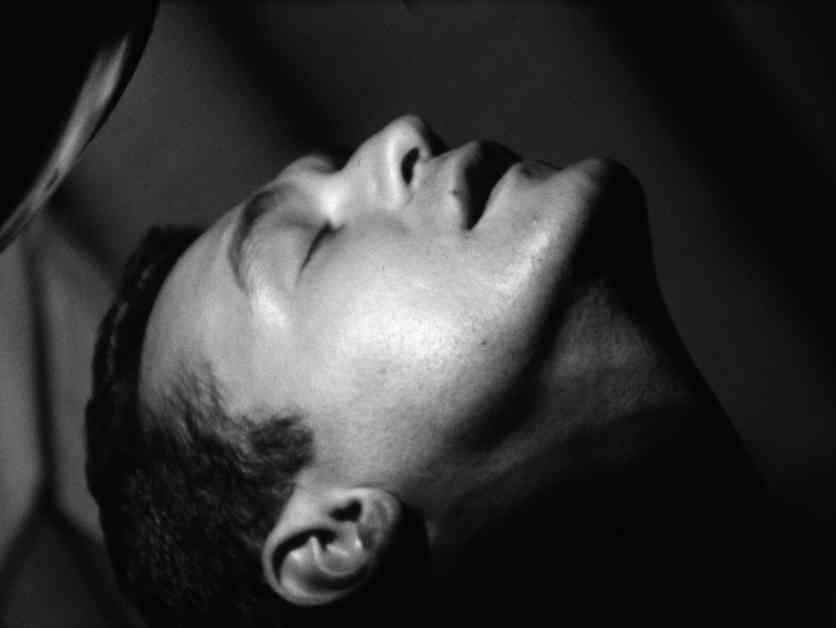The Influence of Andy Warhol on Erotic Art
Every party should have Warhol films projected. This conclusion surfaced after immersing in them for hours at the small yet inviting New York Museum of Sex exhibit “Looking at Andy Looking.” Personally, I found myself pondering that everyone should fall asleep to Sleep (1964). Each frame of every film has a mesmerizing quality that, if suspended above a bed, could ease one into slumber. Filmmaker Abbas Kiarostami once expressed a preference for films that lull you to sleep, offering a respite from the loud, violent movies that hold you hostage. In a similar vein, Warhol’s films exude a similar kindness.
The chaotic sixties, marked by endless violence, imperial wars, and the relentless pursuit of wealth, prompted Warhol to create films that provided a soothing escape. Amidst the turmoil of the era, Warhol’s films offered a sense of tranquility, a refuge from the harsh realities of the world. Sleep, Blow Job, and Empire, among others, redefined beauty in the American cultural landscape, presenting an intimate, contemplative take on art that captivated audiences.
Warhol’s Vision of Intimacy
Warhol’s films, particularly Blow Job (1963) and Sleep, challenged societal norms and conventions, pushing the boundaries of erotic art. Blow Job, described as Warhol’s most perfect film, presents a man’s expressions of pleasure as an unseen act unfolds. The ambiguity of the film led to a notorious incident at Columbia University in 1964, underscoring the impact and controversy surrounding Warhol’s work. Sleep, a five-hour film capturing Warhol’s lover, John Giorno, in a state of rest, offered a raw, unfiltered portrayal of intimacy and vulnerability.
The Unveiling of Three
A standout revelation at the Museum of Sex exhibit is the film Three (1964), a silent masterpiece that embodies the essence of the 1960s era. The film follows Gerard Malanga as he engages in a sexually charged encounter with Ondine, set against the backdrop of industrial labor and artistic creation. Three offers a candid glimpse into the interconnectedness of art, industry, and desire, showcasing the unfiltered beauty of everyday life. The film’s limited circulation during Warhol’s lifetime adds to its allure, making it a hidden gem among his body of work.
The Museum of Sex exhibit offers a unique perspective on Warhol’s artistic legacy, inviting visitors to explore the intersection of art, sexuality, and culture. While the $36 ticket may seem steep, the experience is worth it for those seeking a deeper understanding of Warhol’s impact on contemporary art. In a sea of carnival-like attractions, Warhol’s work stands out as a beacon of sophistication and elegance, a testament to his enduring influence on the art world.
In conclusion, Warhol’s films transcend traditional notions of art, challenging viewers to reevaluate their perceptions of beauty, intimacy, and desire. By capturing the essence of a tumultuous era with grace and poise, Warhol’s work continues to inspire and captivate audiences worldwide. His legacy as a pioneering artist and cultural icon endures, reminding us of the power of art to provoke, engage, and ultimately, transform our understanding of the world.












